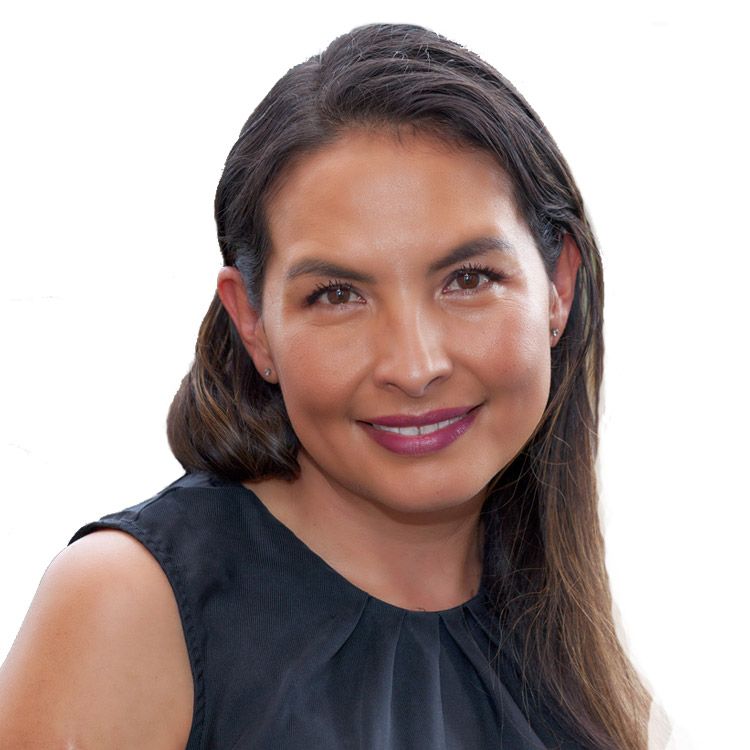SmartLogic has always been active in the Elixir and local tech community but with the COVID-19 shut down this past year, we were forced to get creative. Sponsoring meetups & providing pizza was no longer a possibility, and in-person networking was put on-hold for the foreseeable future. With organizations quickly pivoting to virtual events, this presented a unique opportunity for us to try something new and host our first-ever Elixir Wizards |> Conference as a tie-in to our popular podcast.
Since launching our Elixir Wizards podcast in 2019, it has rapidly become one of the top podcasts focused on the Elixir programming language. We wanted to leverage the podcast’s popularity to connect Elixirists around the world and provide an opportunity for more companies and developers to gain exposure for the applications they’re building with Elixir.
This was my first time planning a virtual event of this scale, so I thought it would be helpful to share the process we went through to plan the event and some of my takeaways throughout the process.
Setting Goals/Expectations:
When we began planning the conference, we set defined goals to track our progress and establish a quantifiable way to measure our success.
- Goal: Create an engaging and enjoyable networking opportunity to support the community and build new relationships.
Metric/KPI: # of attendees = 100+
Outcome: 108 attendees
In addition to exceeding our attendance goal, we also had an 87% turnout, which is 10% above Hopin’s calculated industry average.
2. Goal: Amplify the voices of diverse Elixirists.
Metric/KPI: # of Women/gender non-conforming and POC speaking at the event (5 Women/gender non-conforming, 5 POC)
Outcome: 6 Women/gender non-conforming, 5 POC
As a company that prioritizes DEI efforts and consistently contributes time and money to community efforts including: direct contributions to Black-led community organizations & the Baltimore Women in Tech Micro Grant Program, it is critical to amplify diverse and new voices in the Elixir community.
3. Goal: Stay within the budget we established for the virtual event.
Metric: Spend less than $5,000 on hard costs (not including any staff time that was spent on planning, organizing, and producing the conference)
Outcome: Hard costs @ $3,500
We never intended for the conference to become a revenue-generating event. Our goal was for the event to remain accessible to our target audience, so we set the ticket price at a level where we could at least cover our hard costs.
Selecting a virtual events platform
We considered several virtual events platforms, including Kumospace, Gather.town, Zoom, & Whova, ultimately deciding on Hopin. Their starter plan was extremely cost-effective and the flexible, month-to-month subscription model did not require commitment to a long-term contract.
Although there was a steep learning curve as I familiarized myself with the platform and determined the best way to configure the event. I was impressed with the level of support I received and the responsiveness of Hopin’s customer success team. They hosted training events on a weekly basis, so I was able to hop into a session whenever I needed some additional support or wanted to ask questions during one of their live Q & A sessions.
Hopin has its own networking area, but we decided to use Toucan instead. Hopin’s networking platform randomly pairs you up with someone else, akin to speed dating, and we wanted a solution that would closely replicate an in-person networking event. With Toucan, you can join & leave a conversation at a “virtual table” or pair up for a one-on-one meeting. The Toucan platform had a lot more flexibility that aligned with how we wanted to run our networking sessions.
Choosing Panelists/Speakers & Building the event schedule
About 2 months before the event, we released a call for proposals and started recruiting panelists for our “Women Leading in Elixir” and “Building Companies with Elixir” CTO panel. Our team took a few days to review all submissions and ultimately chose a mix of beginner, intermediate, and advanced short-format talks.
Our decision to hold the event over two half-days from 12:00-4:00pm ET was based upon our team’s feedback, a desire to minimize “Zoom Fatigue,” & ensuring Elixirists around the world would be able to participate. We included several short breaks, Q & A sessions after each keynote & short-format talk, and opportunities for networking to increase engagement throughout the event.
Participant Feedback & Key Takeaways
At the end of each day of the conference, our fantastic emcee, Alex Housand, provided closing remarks and encouraged our attendees to fill out a feedback form for the chance to win a Dyson cordless vacuum (a fan-favorite amongst Elixir developers). The feedback we received was incredibly positive, with attendees giving the event an 8.69 rating on a scale of 1-10.
Based on my experience planning and executing this conference, as well as reviewing participant feedback, I’d like to share a few of my key takeaways:
- Over Communicate and make things as simple as possible for your panelists, speakers, & moderators/production assistants.
The feedback from our Panelists & Speakers about their experience was extremely positive. Some of the feedback we received: “It was honestly really great - lots of clear expectations and links to help prepare. It was all very smooth and easy, & everything was very well-organized.” We created calendar invites for each speaker’s session with all of the relevant information, offered several options for a tech orientation/run-through so they could familiarize themselves with the Hopin platform, and created a comprehensive resource guide with any information they might need for their speaking engagement.
2. Be flexible & don’t expect everything to run flawlessly
No matter how much you over communicate and try to make sure your event is executed perfectly, issues WILL arise, from technical issues to people who are confused about where they need to be at what time, & sessions going over their allotted time. I made sure to work with my team to ensure every session was covered by a moderator and/production assistant so we had plenty of people available to handle any unforeseen issues. There were a few hiccups throughout the event, but they remained relatively undetected to our participants.
3. You don’t need a large # of attendees or a packed schedule to execute a successful event
Several attendees said their favorite part of the event was networking in Toucan, and the biggest takeaway from the event was recognizing how supportive, strong and vibrant the Elixir community has become. One attendee said that the event “feels a bit like we all just gathered in someone's living room. It's much more intimate than the larger Confs I attended this year.”
Quite a few people have asked us to make this a recurring event, so we’ll consider possibly hosting a hybrid event in 2022. We’re thrilled that we had the opportunity to provide this amazing experience for Elixirists around the world to collaborate, learn, and network. We appreciate everyone that took the time to participate and support our first conference!



